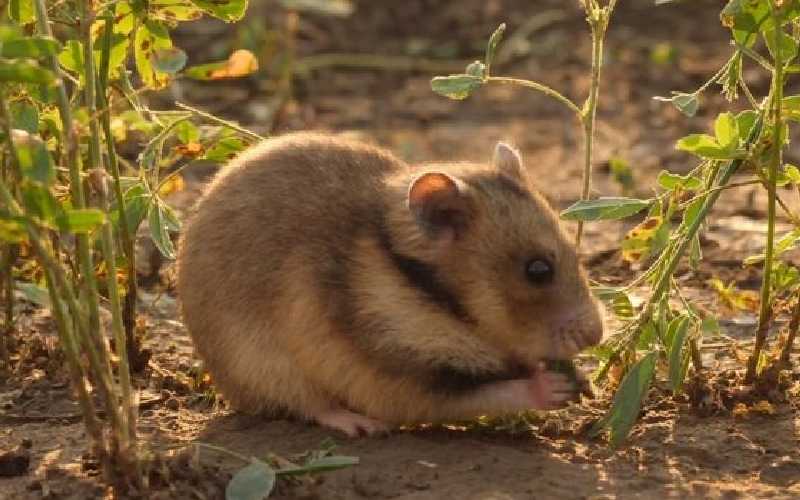hamsterhappy.co.uk is a participant in the Amazon Services LLC Associates Program and other affiliate advertising programs designed to provide a means for us to earn fees by linking to Amazon.com and affiliated sites. Affiliate links may be used on this page and in hamsterhappy.co.uk articles, but they do not impact on the price that you pay and they do help me to get this information to you for free. Read my privacy policy for more information regarding affiliates.
The Romanian hamster is found in Bulgaria and Romania. They are extremely rare, and you do not often spot them in the wild because there are not that many, and they are hard to spot due to their colouring. They are a sandy grey colour and blend into their environment well. Currently, they are endangered, and they are the most closely related to the Syrian hamster. In 1995 the entire Romanian hamster population living next to the Danube River in Bulgaria and Romania was estimated at 3000 adults. This number is still declining!
Romanian Hamsters Habitat
As previously stated, they are from Southern Romania and Bulgaria and like to live in uncultivated grassland. Therefore, they prefer dry grassy areas where they can scavenge the crops and eat different types of seeds and roots. They can also clean themselves by having a sand bath. As previously stated in other blog posts hamsters prefer and baths because it ensures they keep all their natural oils in their coat making which is needed to maintain a healthy glossy coat.
Behaviour
These hamsters like every other hamster are nocturnal. They like to burrow and create a tunnelling system like the Turkish hamsters. There are no accounts of domesticating these types of hamsters since they are endangered and extremely hard to find and capture. They are most likely very aggressive since they have not been domesticated to be house pets like the Syrian and other hamsters have been.
Reproduction
These hamsters reach sexual maturity when they are between 56-70 days old and the gestation period is around 15 days. Female Romanian Hamsters give birth to around about 1-12 hamsters pups per litter and can be pregnant more than once every year.
Captivity
In captivity, these hamsters are normally bred with the Syrian hamsters, but it is very difficult for these to be bred in the first place. However, these hamsters, like the Turkish hamsters, are used in laboratory experiments. Which is very sad considering they are an endangered hamster species.
Diet
These hamsters eat seeds, crops, vegetables, and insects. Whatever it can find in the wild it will eat.
For further information on hamsters please check out our blog for more posts to keep you up to date with all things hamster.
If you enjoyed this article you might also like to read about:


